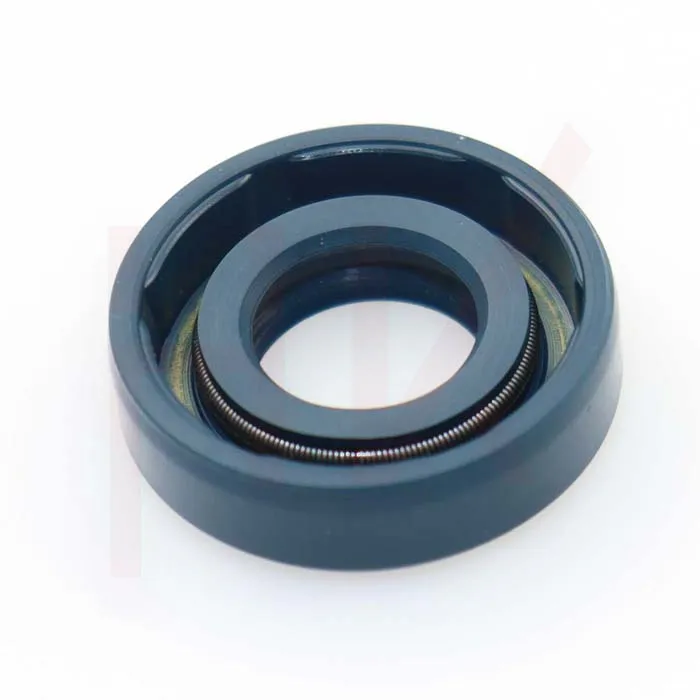Oct . 16, 2024 16:01 Back to list
hydraulic dust seal
Understanding Hydraulic Dust Seals Importance and Applications
Hydraulic systems are essential components in various industries, including construction, manufacturing, and automotive. One critical element that contributes to the efficiency and longevity of these systems is the hydraulic dust seal. Despite its seemingly simple design, a hydraulic dust seal plays a vital role in protecting equipment and ensuring optimal performance.
A hydraulic dust seal is designed to prevent contaminants, such as dust, dirt, and moisture, from entering hydraulic cylinders and their associated components. The integrity of hydraulic systems often hinges on maintaining clean hydraulic fluid, which is crucial for proper lubrication and functionality. Contaminated fluid can lead to increased wear and tear, reduced efficiency, and ultimately, system failure. Therefore, the role of dust seals becomes paramount in safeguarding hydraulic systems from harmful external particles.
The construction of hydraulic dust seals typically involves durable materials like rubber or polyurethane, which provide flexibility and resilience. These materials are specifically chosen for their ability to withstand wear from friction, resist aging, and endure exposure to various environmental conditions. As hydraulic cylinders extend and retract, the dust seal maintains contact with the cylinder surface, effectively blocking any debris from infiltrating the system.
hydraulic dust seal

In addition to material selection, the design of hydraulic dust seals is also crucial. Many seals feature lip designs that create a tight barrier against contaminants while still allowing for smooth movement of the cylinder. Some advanced seals even include features like integrated scrapers to remove any debris that might accumulate on the surface of the cylinder, adding an extra layer of protection.
The applications of hydraulic dust seals are vast and varied. In construction machinery, for instance, excavators and loaders benefit significantly from these seals. They prevent dirt and debris from compromising hydraulic systems, which are often subjected to harsh outdoor environments. In the automotive sector, hydraulic dust seals protect components like brake calipers and power steering systems, ensuring safety and reliability.
Overall, investing in high-quality hydraulic dust seals is a proactive measure that can lead to reduced maintenance costs and extended equipment lifespan. Industries relying on hydraulic systems must prioritize the selection and implementation of effective dust seals to enhance their operations. As technology continues to evolve, innovations in seal design and materials will further improve the protection offered by hydraulic dust seals, paving the way for even more efficient hydraulic systems in the future.
-
TCN Oil Seal Metal Ring Reinforcement for Heavy Machinery
NewsJul.25,2025
-
Rotary Lip Seal Spring-Loaded Design for High-Speed Applications
NewsJul.25,2025
-
Hydraulic Cylinder Seals Polyurethane Material for High-Impact Jobs
NewsJul.25,2025
-
High Pressure Oil Seal Polyurethane Coating Wear Resistance
NewsJul.25,2025
-
Dust Proof Seal Double Lip Design for Construction Equipment
NewsJul.25,2025
-
Hub Seal Polyurethane Wear Resistance in Agricultural Vehicles
NewsJul.25,2025
-
The Trans-formative Journey of Wheel Hub Oil Seals
NewsJun.06,2025
Products categories
















